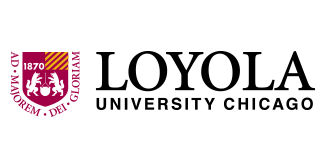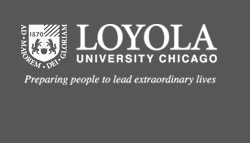Date of Award
2012
Degree Type
Dissertation
Degree Name
Doctor of Philosophy (PhD)
Department
Physiology
Abstract
Tyrosine-phosphorylated FAK is required for the hypertrophic response of cardiomyocytes to growth factors and mechanical load, but the role of FAK serine phosphorylation in this process is unknown. Endothelin-1 (ET-1; 1-100nM, 2-30min) and other hypertrophic factors induced a time- and dose-dependent increase in FAK-S910 phosphorylation in neonatal rat ventricular myocytes (NRVM). FAK-S910 phosphorylation required ETAR-dependent activation of PKCδ and Src via parallel Raf-1→MEK1/2→ERK1/2 and MEK5→ERK5 signaling pathways. Using co-immunoprecipitation, TIRF-microscopy and FRAP, ET-1 stimulation of NRVM expressing a nonphosphorylatable, S910A-FAK mutant decreased the interaction of paxillin and vinculin within costameres. This interaction was important in stabilizing α-actinin within the protein complex, as evident by a decrease in kFRAP for α-actinin-YFP. The S910A-FAK mutant also blocked ET-1 induced NRVM spreading and cyotoskeletal reorganization. Finally, we found that FAK was serine-phosphorylated at multiple sites in nonfailing, human LV tissue. FAK-S910 phosphorylation and ERK5 expression were dramatically reduced in patients undergoing heart transplantation for end-stage DCM. FAK undergoes S910 phosphorylation via PKCδ and Src-dependent pathways that are important for cell spreading and sarcomere reorganization. Reduced FAK-S910 phosphorylation may contribute to sarcomere disorganization in DCM.
Recommended Citation
Chu, Miensheng, "Serine 910 Phosphorylation of Focal Adhesion Kinase Is Critical for Costamere Assembly" (2012). Dissertations. 298.
https://ecommons.luc.edu/luc_diss/298
Creative Commons License

This work is licensed under a Creative Commons Attribution-Noncommercial-No Derivative Works 3.0 License.
Copyright Statement
Copyright © 2011 Miensheng Chu


